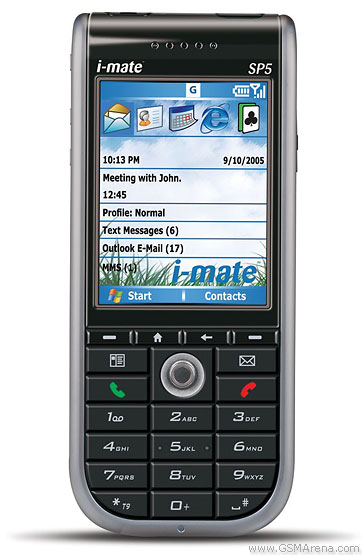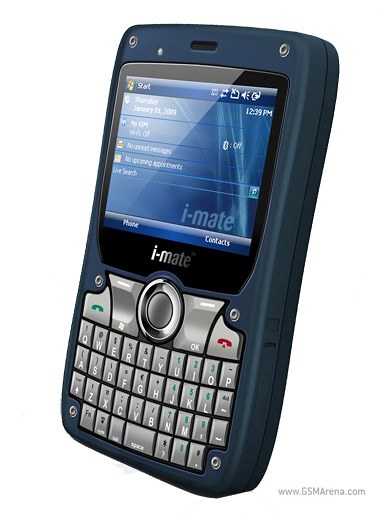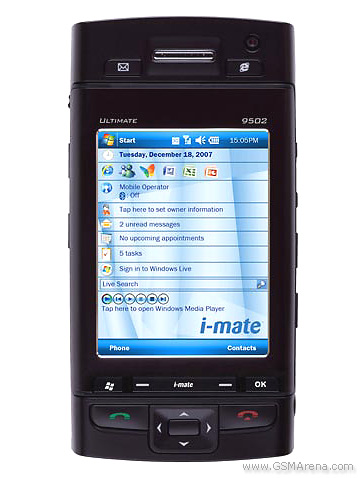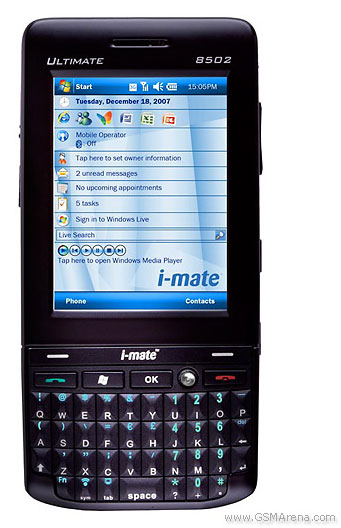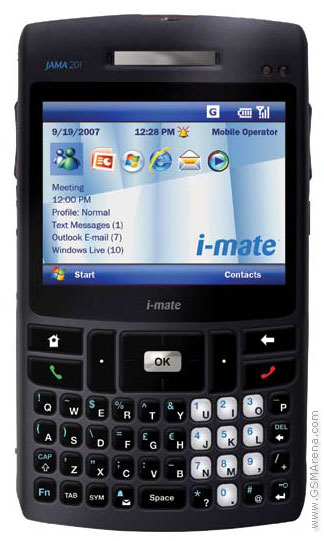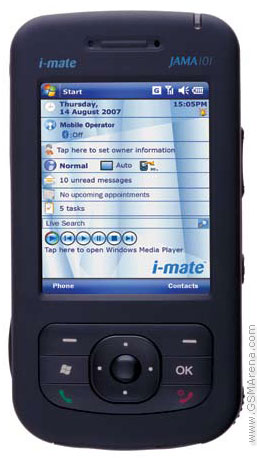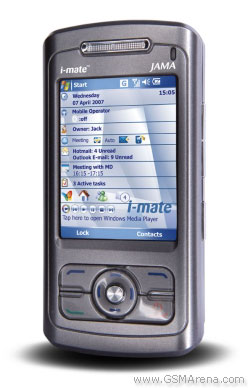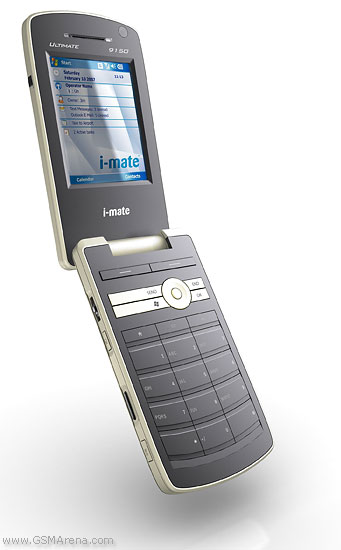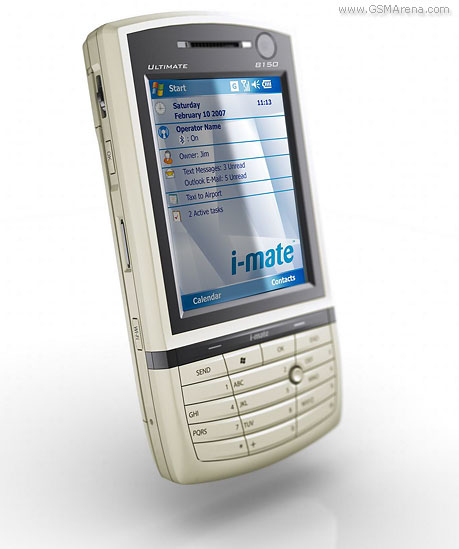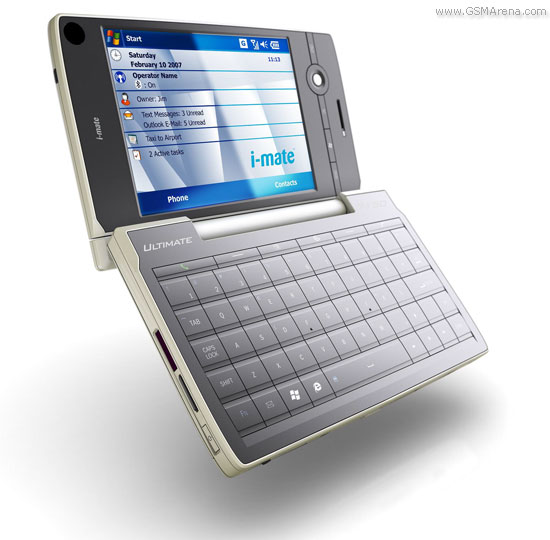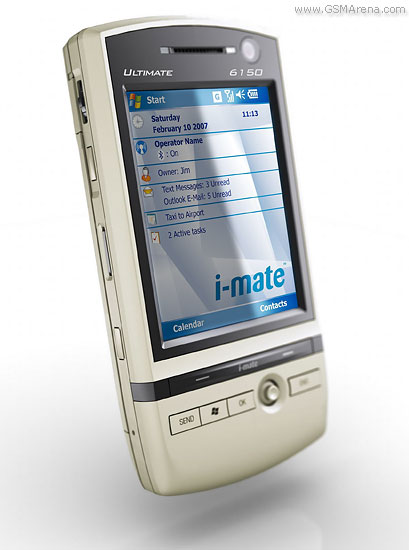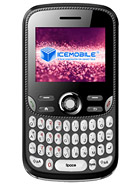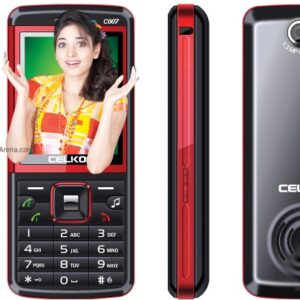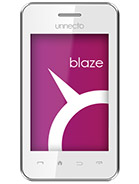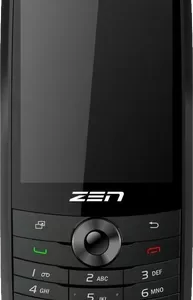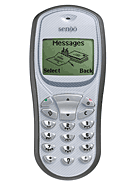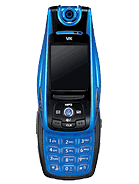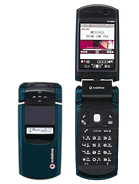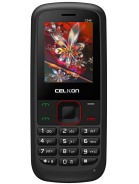i-mate SP5 Overview
The i-mate SP5, released in 2005, was a Windows Mobile smartphone manufactured by HTC and rebranded by i-mate. It offered a range of features that were mid-range for the era, targeting business professionals and mobile users.
Key Features:
- Operating System: Microsoft Windows Mobile 5.0 Smartphone Edition
- Display: 2.2-inch TFT LCD (240 x 320 pixels)
- Processor: Texas Instruments OMAP 850 200 MHz
- RAM: 64 MB
- Storage: 64 MB ROM, expandable via miniSD card
- Camera: 1.3 MP with video recording
- Battery: 1050 mAh Li-Ion
The i-mate SP5 offered the following functionalities:
- Phone: Made and received calls, supported SMS and MMS messaging
- Email: Allowed users to send and receive emails with some limitations compared to dedicated email clients on later devices
- Calendar: Helped users manage their schedules and appointments
- Contacts: Stored contact information
- Tasks: Helped users manage to-do lists
- Web browser: Enabled basic web browsing
- MP3 player: Played music files
- Bluetooth: Allowed for wireless connectivity with other devices like headsets and for data transfer
- Infrared: Allowed for data transfer with other devices using infrared technology (less common compared to Bluetooth)
While the i-mate SP5 lacked some features of higher-end smartphones at the time, such as a full version of Microsoft Office Mobile Suite, it offered a compact and practical design for business and personal use. It played a role in the development of smartphones by providing mobile professionals with essential communication and organization tools.
